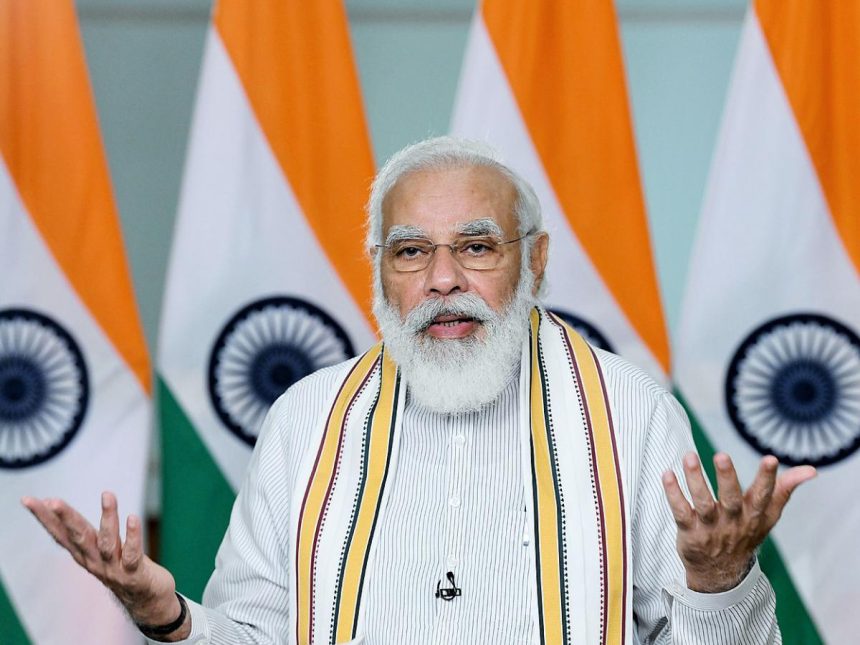U.S. Doubles Duty—India Responds with Domestic Push
On August 27, 2025, the United States, under President Donald Trump, enacted a 50% tariff on a wide array of Indian imports. An initial 25% duty had gone into effect in early August; the latest increase—framed as a penalty for India’s continued purchases of discounted Russian oil—brings the total levy to 50%.
Economic Fallout — Exports, Jobs, and Growth
The sweeping tariff surge will directly impact two-thirds of India’s annual goods exports to the U.S., which totaled between US$86–87 billion in 2024. Labor-intensive sectors—including garments, gems, jewelry, seafood, and furniture—now face severe competitiveness challenges. Economists foresee export revenues shrinking by up to $40–50 billion, with a potential 1% drag on GDP growth.
Modi Strikes Back with Domestic Resilience
Prime Minister Narendra Modi wasted no time responding. On Independence Day, he called on citizens and businesses to embrace ‘Made in India’, warning that buying domestic products isn’t out of necessity—but ‘pride’. He also introduced sweeping tax cuts, including a US$12 billion income tax relief package, and announced reforms to the GST system aimed at stimulating local industries.
A Strategic Pivot in U.S.–India Relations
The tariff escalation has underscored mounting tensions in U.S.–India relations. India labeled the move “unfair, unjustified and unreasonable,” emphasizing its sovereign rights to pursue energy diversification. With key exports downgraded and diplomatic friction rising, India is eyeing strategic partnerships—especially with BRICS, including China and Russia—to offset lost trade avenues. Modi is scheduled to visit China for the Shanghai Cooperation Organisation (SCO) summit, signaling a potential tilt eastward.
Atmanirbhar Bharat: From Slogan to Strategy
Modi’s call for self-reliance aligns with the broader Atmanirbhar Bharat (Self-Reliant India) vision—a policy launched in 2020 to strengthen domestic production, manufacturing capabilities, and economic resilience. The present tariff crisis has thrust the initiative from rhetoric into action.
What Lies Ahead
India will now pursue a multifaceted adaptation strategy:
- Support local industries through financial relief and regulatory easing.
- Explore new trade markets beyond the U.S. to diversify export destinations.
- Reform key sectors—like semiconductors and defense—to reduce import dependency.
- Continue dialogue with the U.S., albeit amid heightened political strain.
Final Word
The imposition of 50% tariffs by Trump has delivered a sharp jolt to India’s economy and exposed deep strategic fissures between the two countries. Prime Minister Modi’s swift emphasis on self-reliance and domestic reform signals a renewed commitment to economic sovereignty—and may signal a tectonic shift in trade orientation away from reliance on U.S. markets.










